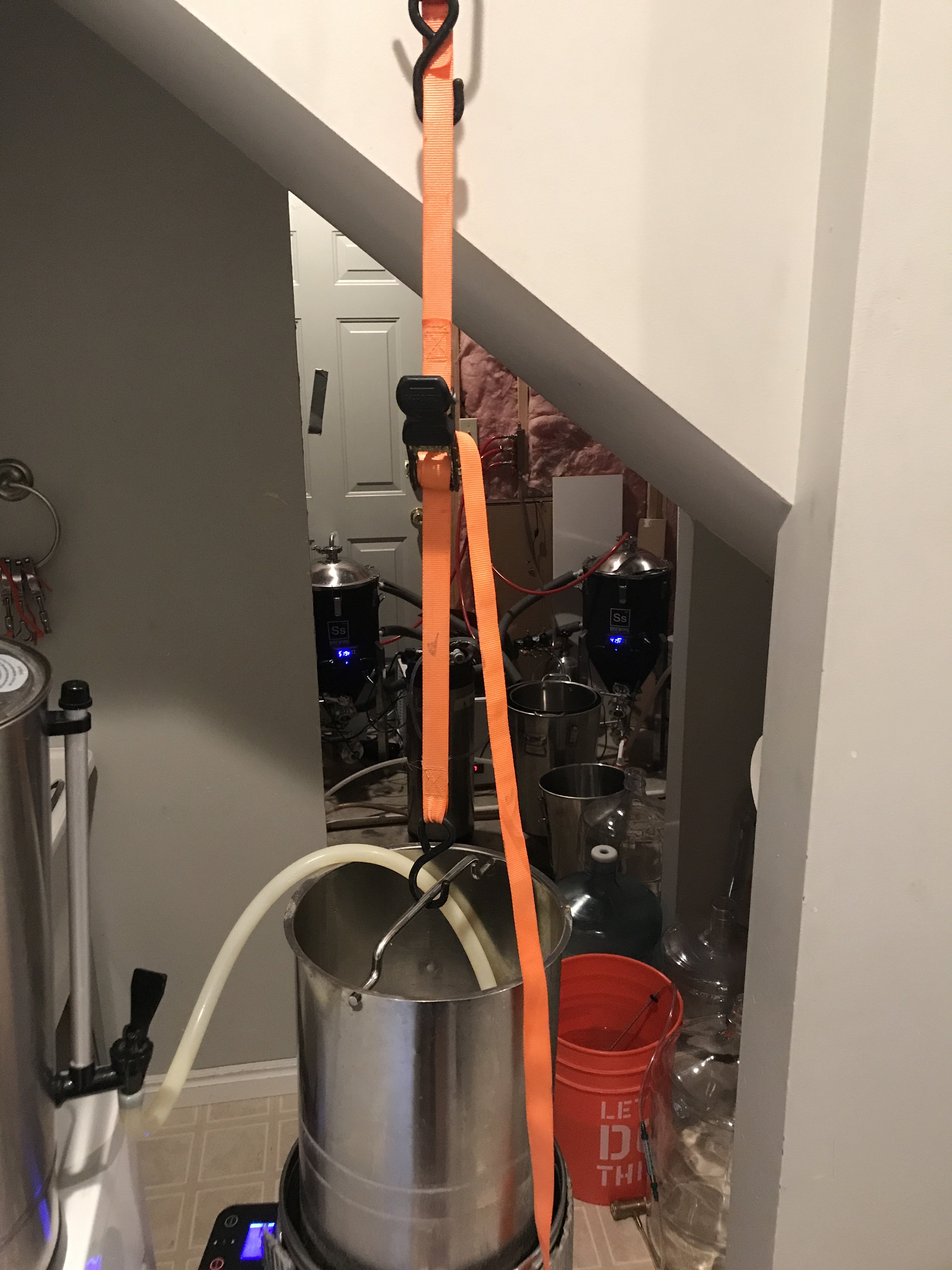Hi Hop,
Don't give up on the pump just yet. I have problems getting boiling wort to move also. This is what I do to make it work. Start the pump with the red valve in the closed position. Gradually open it up a little at a time. It seems to need the resistance to build enough pressure to fill the pipe. You should soon begin to see a small stream coming out of the end of the hose. Open a little more and the stream should get larger. You should then be able to open the valve the whole way.
If it doesn't work right the first time, you probably have air in the pump so, leaving the valve open, turn the pump off. The trapped air should bubble up and out through wort. Close the valve and start over.
I had the same problem with a Steelhead pump when trying to move hot water.
Tried those from the standard bag of tricks I've seen around. It's 100% consistent that it won't pump at all once I've reached a boil for a minute or two.
The only fix after that point is to wait for it to cool quite a bit (Usually to around 180 °F), at which point it will work again.
Stuff I've tried:
- Valve closed
- Valve fully open
- Valve in various states of closed
- Wort chiller connected
- Recirculation arm connected
- Valve open with just the ball and spring in place
- All combinations above with and without the ball and spring
- Bicycle/ball pump to push air and liquid back
- Reconnecting the chiller while the pump was on (with brewing gloves to not get burned)
- Switching the pump on and off repeatedly
- Tried the old controller and Connect controller
- Tried 3 different circuits in the house
Probably a few things I'm missing. The long and short of it is that the pump makes terrible noises when it's hot and pumps nothing out.
I did try the valve closed to start pump trick at lower temperatures and that definitely helps get things going.




